Here are some pictures of our first real experiments with harvesting and processing Muntries. There’s pretty good coverage right across the two blocks, ripening at different times, from January through probably to May, depending on how much hot weather we get. Here are the picked berries–even though they were picked in the same general area you can see here that the two batches vary in ripeness:
Then they go through a dehydrator–this is just a kitchen design I bought on eBay, seems to do the job pretty well. We’re experimenting with it: working out how to make the drying process smooth as it seems to differ slightly through the vertical trays; and trying to work out how to tell when the berries are really dried, because any residual moisture will interfere with the next stages:
And here is the hand-grinder I also bought on eBay–it’s designed for nuts and berries so we’ll see how it works. The plan at this stage is to produce fine grounds whose use in different products can be explored. Needless to say all of this a small-scale trial–if it works out it would all have to be scaled up.
And here’s the final (pre-processing) product–muntrie powder! It tastes very nice. It turned out that the hand grinder, although more picturesque, wasn’t as good as the electric coffee grinder, so for the time being that’s what we’ll use. The sealed bags of powder are in the fridge ready for the next stage.
Not bad, huh? A start, anyway.
I forgot the hand grinder pic! Here it is:
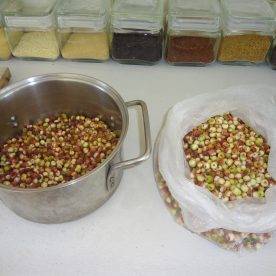
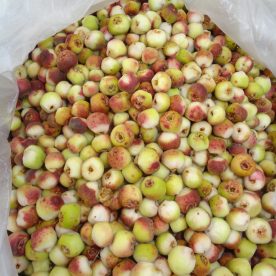

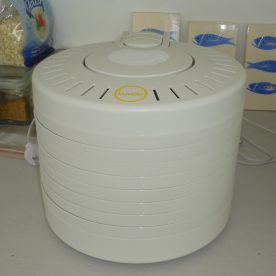
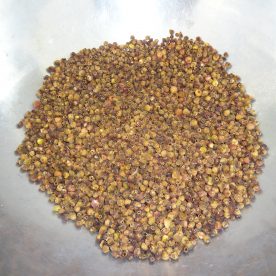
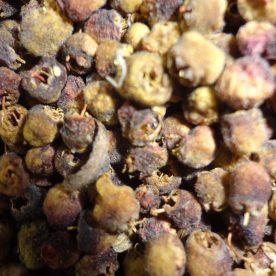

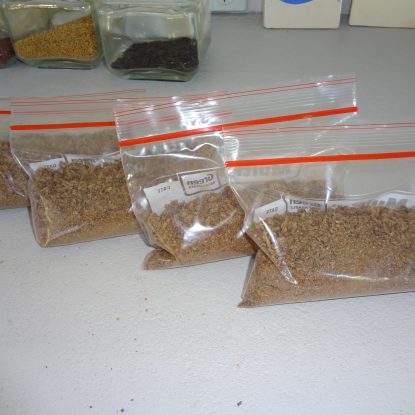
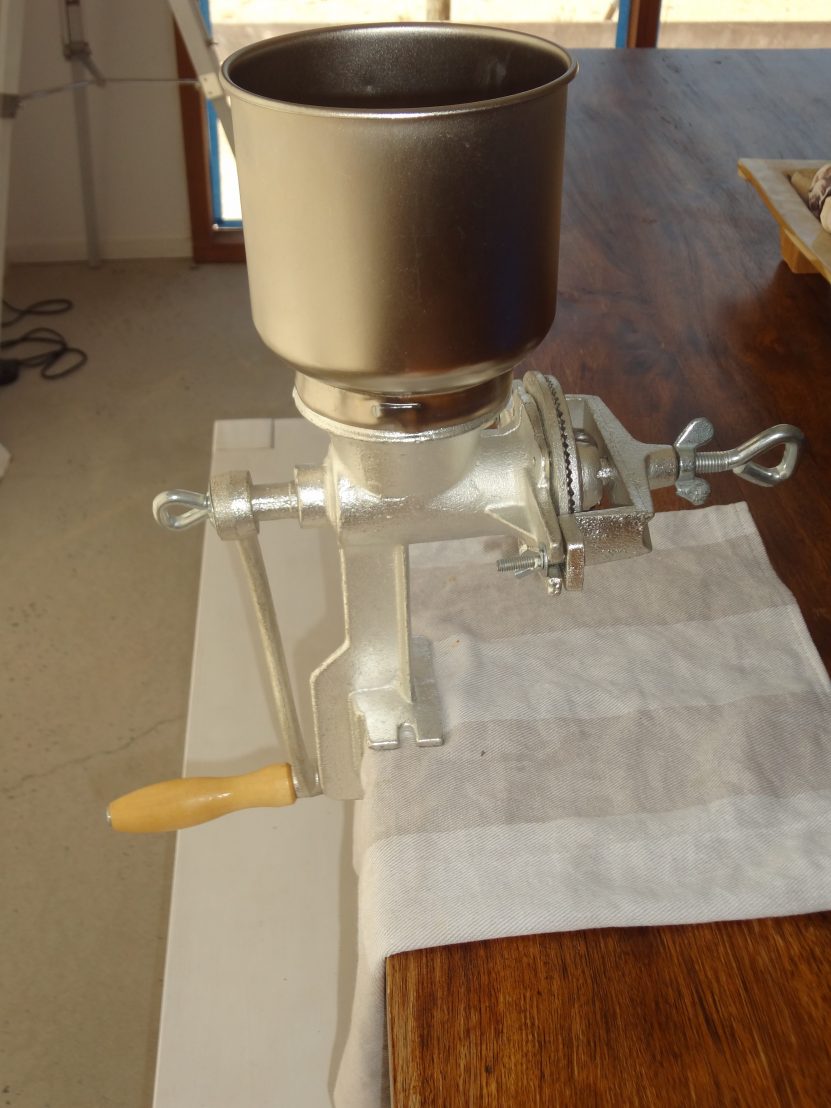
Wow!!! Yum!! Do you ship to WA??
Oh yes! WA first, then the world. . .
Well there’s a product that’s new and different! Any fix on what it might be helpful for?
It’s a native plant food, Jan–a berry that grows on a ground-cover plant, Kunzia pomifera http://www.gayot.com/Lifestyle/Health/Benefits/Muntries . It’s a remarkable plant, actually–the soils down here are sandy, without many nutrients, but this little plant just fires up and spreads out, even in pure sand. The berries taste like apple, and are very high in anti-oxidants. The indigenous people of this area knew them well–they would just sit down in the patches and eat them, when they were ripe–which seems sensible. There is good coverage right across the two blocks–ours, and Roland and Angie’s, about 220 acres altogether–so there’s no shortage of supply. So we’re experimenting with different ways to harvest and process them, see what we can do to build up some income from the blocks in a good way.